Titanium Alloys: Transforming The Aerospace Industry
Description
Titanium alloys have been progressively adopted in the aerospace sector over many years. Their high strength-to-weight ratio and capacity to withstand harsh operating conditions have resulted in their extensive use in aircraft components today.
Titanium alloys have been utilised in aerospace since the early days of space exploration. They contribute to weight reduction while maintaining component strength. A lighter aircraft consumes less fuel and exhibits an extended service life. Operational data indicate that these materials meet safety and efficiency requirements during take-off, flight and landing.
The composition of these alloys is straightforward. They consist of titanium combined with other elements. This combination produces a metal that withstands high pressure, elevated temperatures and corrosion. Quantitative studies have demonstrated that even small improvements in material properties can result in significant performance gains. In this article, common alloy types, essential properties, applications and practical examples in aerospace engineering are detailed.
Titanium Alloy Types Frequently Used in Aerospace
Two alloys commonly employed in the aerospace industry are Ti-6Al-4V and its variant, Ti-6Al-4V Extra Low Interstitial (ELI). They offer a balanced mix of strength and minimal weight.
Ti-6Al-4V is frequently selected for critical aircraft parts. The alloy comprises titanium with additions of aluminium and vanadium. This mixture enhances overall material performance. Extensive testing has confirmed that this alloy performs well under extreme conditions.
Ti-6Al-4V ELI is a purer variant of the alloy. It contains fewer impurities. Its properties allow its use in applications where high strength and adequate toughness are required. This alloy is commonly employed for critical components in aerospace such as engine parts and safety systems.
Key Properties of Titanium Alloys
Titanium alloys are recognised for several important properties. They exhibit a high strength-to-weight ratio. For instance, Ti-6Al-4V has a tensile strength of approximately 1 000 MPa. This enables the manufacture of parts that achieve a weight reduction of 20 to 30% compared with older materials.
Another notable property is their resistance to corrosion. This feature is critical for components exposed to severe environments. Titanium alloys withstand exposure to salt, high temperatures and various chemicals. Controlled tests have shown that these alloys satisfy corrosion resistance criteria where older metals do not.
Heat resistance is another important attribute. Titanium alloys retain their structural integrity even when temperatures reach 400 °C or higher. This capacity is beneficial in applications where high temperatures are encountered, for example near engine turbines. Consequently, their heat tolerance contributes to an extended service life and improved safety in high-performance applications.
Furthermore, the alloys demonstrate durability. Laboratory tests have recorded longer lifetimes for these materials compared with many aluminium components. They possess the necessary strength to withstand high loads. Their consistent performance under stress qualifies them for use in components that must meet strict safety standards in aerospace.
Examples of Titanium Alloy Components
Numerous modern aircraft utilise titanium alloys in their construction. Turbine blades in jet engines are manufactured using titanium alloys owing to their high-temperature resistance. Landing gear components are made from titanium alloys because they are required to sustain significant loads during take-off and landing. Moreover, aircraft structures incorporate titanium components to reduce overall weight and improve fuel efficiency.
Turbine blades require materials that withstand high temperatures and mechanical loads. Titanium alloys meet these conditions. Landing gear components face impact loads that are managed by the material properties of titanium alloys. The lower weight of titanium contributes to enhanced aircraft performance and reduced fuel consumption.
Additionally, structural joints and fittings in aircraft wings are frequently manufactured from titanium alloys. These components need to show high fatigue resistance because wing structures are subject to flexing during flight. The alloys help to prolong the lifetime of these components, which is essential for maintaining safety and reliability over many flight cycles.
Applications of Titanium Alloys in Aerospace
Titanium alloys find use in a broad range of aerospace applications. They are particularly employed in the design and construction of high-performance aircraft. Data indicate that components produced with titanium alloys exhibit increased reliability and improved overall performance.
In engine sections, such as compressors and turbine areas, these alloys are used because they endure high thermal loads. Aircraft frames and load-bearing structures are fabricated from titanium to minimise the overall weight. Testing has shown that these design choices lead to reduced fuel consumption and prolonged service life.
Titanium alloys are also utilised for spacecraft components. Their high strength relative to weight makes them a preferred option when every gram is significant. Similar outcomes have been documented in military aviation, where durability and performance are critical.
In civil aviation, the introduction of titanium alloys in critical structural parts has enhanced the safety of modern aircraft. Aircraft produced by major aerospace companies incorporate titanium alloys in fuselages, engine mounts and other heavily loaded components. Consequently, this engineering approach reduces maintenance costs, improves performance and increases overall flight safety.
Read further: Titanium in Aerospace Applications
Conclusion
Titanium alloys consistently meet stringent performance requirements. Their combination of high strength, low weight, resistance to corrosion and thermal tolerance has influenced aerospace design. Alloy types such as Ti-6Al-4V and Ti-6Al-4V ELI enable engineers to design aircraft with improved safety and fuel efficiency. Components including turbine blades, landing gear and fuselage structures demonstrate enhanced performance when manufactured from these materials.
Extensive research with aerospace materials supports the continued use of titanium alloys to meet high performance standards. Future aerospace designs are expected to further incorporate these alloys. Their role in aerospace systems provides assurance of safety and sustained performance.
Frequently Asked Questions
Q: What makes titanium alloys a suitable choice for aircraft components?
A: Titanium alloys are selected because they exhibit a high strength-to-weight ratio, effective resistance to corrosion and substantial thermal tolerance.
Q: Which titanium alloy is used in critical engine components?
A: Ti-6Al-4V and Ti-6Al-4V Extra Low Interstitial (ELI) are commonly employed in critical engine parts.
Q: How do titanium alloys contribute to reduced fuel consumption?
A: Their lower weight decreases the overall mass of the aircraft, which in turn reduces fuel consumption.

 Bars
Bars
 Beads & Spheres
Beads & Spheres
 Bolts & Nuts
Bolts & Nuts
 Crucibles
Crucibles
 Discs
Discs
 Fibers & Fabrics
Fibers & Fabrics
 Films
Films
 Flake
Flake
 Foams
Foams
 Foil
Foil
 Granules
Granules
 Honeycombs
Honeycombs
 Ink
Ink
 Laminate
Laminate
 Lumps
Lumps
 Meshes
Meshes
 Metallised Film
Metallised Film
 Plate
Plate
 Powders
Powders
 Rod
Rod
 Sheets
Sheets
 Single Crystals
Single Crystals
 Sputtering Target
Sputtering Target
 Tubes
Tubes
 Washer
Washer
 Wires
Wires
 Converters & Calculators
Converters & Calculators
 Write for Us
Write for Us
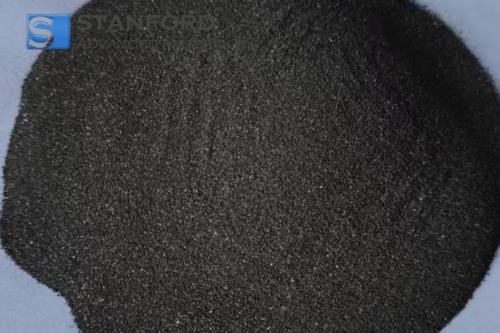
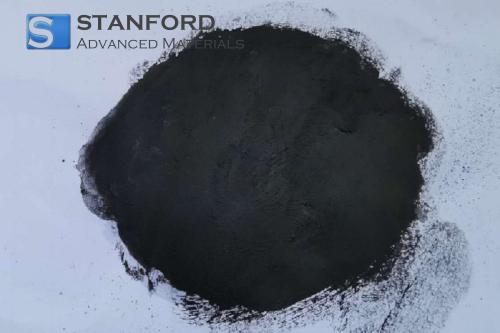
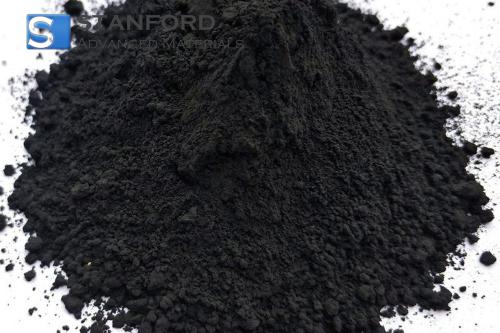
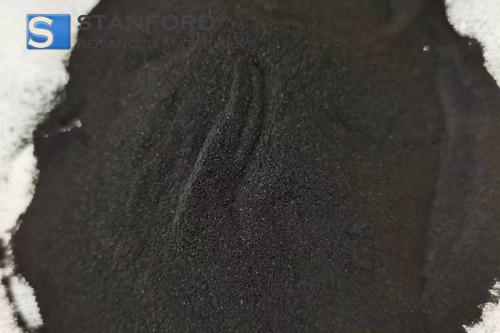
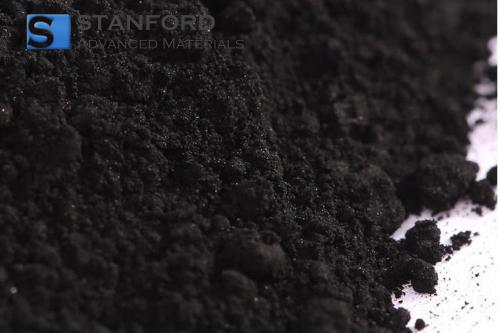
 Chin Trento
Chin Trento



